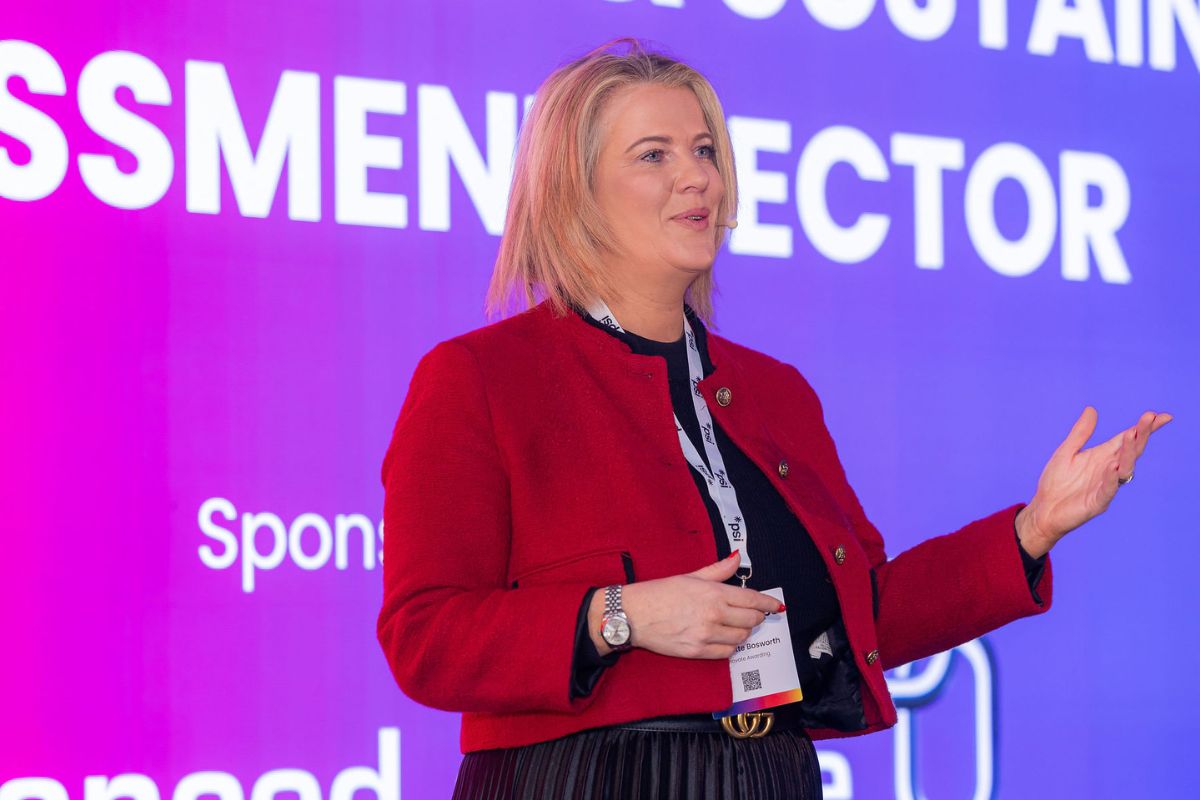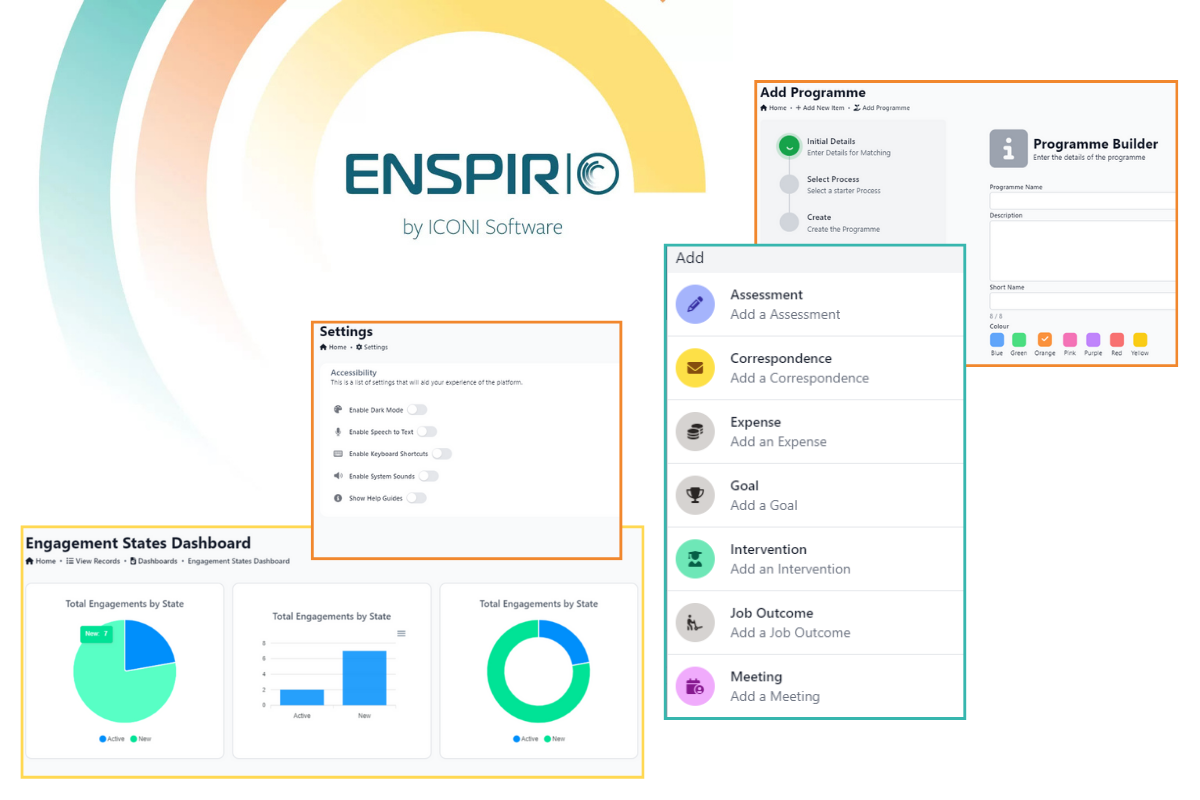School spending per pupil set to remain below 2009 levels

Despite the government allocating over £7 billion extra for schools in England in the 2019 Spending Round, core spending per pupil in 2022–23 will still be about 1–2% lower in real terms than in 2009–10.
School spending per pupil fell in England by 9% in real terms between 2009–10 and 2019–20.
The extra spending will reverse most, but not all, of this cut.
Schools serving the most disadvantaged pupils have seen the biggest cuts over the last decade. Having been introduced in 2018, the National Funding Formula for schools has ensured extra funding flows to areas that have become more disadvantaged over time. However, as a whole, the formula has provided a bigger funding boost to more affluent areas than to disadvantaged areas.
These are the main conclusions of new research at the Institute for Fiscal Studies, published today and funded by the Nuffield Foundation.
This examines trends in day-to-day core school spending in England and excludes extra spending during the pandemic, such as the £3 billion allocated so far for catch-up spending.
This report forms part of a wider programme of work looking at trends and challenges in education spending.
Other key findings include:
- Total school spending per pupil in England was just over £6,500 in the latest complete year of data in 2019–20. This is 9% lower in real terms than its high-point of £7,200 in 2009–10.
- The government has allocated an extra £7.1 billion for schools in England through to 2022–23. Whilst this will increase spending per pupil by over 8%, school spending per pupil in 2022–23 will still be 1% lower in 2009–10 after accounting for overall inflation or 2% after accounting for the growth in specific costs faced by schools.
- Deprived schools have seen larger cuts. The most deprived secondary schools saw a 14% real-terms fall in spending per pupil between 2009–10 and 2019–20, compared with a 9% drop for the least deprived schools.
- Whilst the National Funding Formula for schools has helped to ensure funding for different areas reflects the way they have changed over time, it has also provided bigger funding boosts for the least deprived schools. Between 2017–18 and 2022–23, funding allocated for the least deprived schools will increase by 8–9% in real terms compared with 5% for the most deprived schools.
- Over the long run, spending per pupil has gone up faster in primary schools than in secondary schools. In the late 1980s, secondary school spending per pupil was over 60% higher than spending in primary schools. In 2019–20, the difference was only 14%.
Sector Response
 Luke Sibieta, Research Fellow at IFS and author, said:
Luke Sibieta, Research Fellow at IFS and author, said:
‘The 9% fall in school spending per pupil in England over the decade between 2009 and 2019 is the largest in more than 40 years, and probably a lot longer. The fact that it still won’t have recovered back to 2009 levels by 2022 shows just how big the squeeze has been.
“This will make it that much harder for schools to address the major challenge of helping pupils catch up on lost learning alongside everything else they are required to do. Schools serving disadvantaged communities face the biggest challenges. They faced the biggest cuts up to 2019 and are now receiving the smallest rises. This pattern runs counter to the government’s aim of levelling up poorer parts of the country.’

‘This IFS research reveals that the largest reductions in per pupil spending have been experienced by schools in deprived areas. We also know that the most disadvantaged pupils are more likely to be behind on their learning as a result of disruptions to their education during the COVID-19 crisis.
“It is crucial that schools in deprived areas receive appropriate and well-directed funding so that they can help to close the disadvantage gap and ensure all children can reach their potential.’
 Kate Green MP, Labour’s Shadow Education Secretary said:
Kate Green MP, Labour’s Shadow Education Secretary said:
“Conservative cuts have hammered school budgets over the last decade. Children’s opportunities have been stripped away as class sizes have soared to record levels and enriching extracurricular activities have been cut back.
“This damage is compounded by the Conservatives’ failure to invest in the ambitious recovery plan needed to help children bounce back from the pandemic.
“Labour’s Children’s Recovery Plan would deliver the learning and extracurricular opportunities every child needs to recover from the pandemic and reach their full potential by investing in small group tutoring and new clubs and activities. It’s time the Conservatives step up and match Labour’s ambition for children’s learning and futures.”
 Paul Whiteman, general secretary of school leaders’ union NAHT, said:
Paul Whiteman, general secretary of school leaders’ union NAHT, said:
“This report clearly shows the real-term freeze in funding that schools have had to cope with for over a decade.
“Despite the government’s bold claims on school funding, it is very clear that school spending per pupil will still be lower in real terms next year than it was a decade ago. This is at a time when demands on schools have been increasing. There is no escaping the fact that the schools have had and will continue to have to make cuts to provision until this is properly addressed. Furthermore, it is those schools serving the most deprived pupils that have seen the biggest losses.
“In light of all this, talk of ‘levelling up’ starts to sound very hollow indeed.”
Extra spending on education in England – the numbers explained
18th Jun 2019: Almost all the candidates in the Conservative leadership election have promised higher levels of spending and there are reports the outgoing Prime Minister plans to announce an increase.
The Labour Party have committed to reverse past cuts to education spending and protect it going forwards.
With a Spending Review of some form due this year, Luke Sibieta, Research Fellow, IFS, analyses the cost of potential commitments on schools and education spending.
Cost of increasing spending on schools
Past IFS work has highlighted that per pupil funding directly allocated to schools in England fell by 4% in real-terms between 2015-16 and 2017-18, whilst total school spending per pupil (incorporating sixth form funding and local authority spending) has fallen by 8% in real terms between 2009-10 and 2017-18.
Many of the Conservative leadership hopefuls have pledged to reverse past cuts and/or protect per pupil spending over the course of the next Spending Review, matching past commitments by the Labour Party.
Various costings of such commitments have been published, which often differ due to differences in what is included in a definition of school spending and which cuts are being reversed (back to 2015 or 2009).
In the table below, we set out the cost of reversing cuts of 4% and 8% in terms of all school funding for pupils aged 5-16 in England in 2019-20 (this includes the Dedicated School Grant, Teacher Pay Grant and Pupil Premium).
Reversing cuts of 4% would cost about £1.8bn in 2019-20. Reversing cuts of 8% would cost £3.8bn. (Eagle-eyed readers should note that reversing cuts of 8% requires an increase in 2019-20 of 8.6% relative to current plans and reversing cuts of 4% requires a 4.1% rise.)
We don’t yet know how many years the next Spending Review will cover, but protecting per pupil funding at these levels up to 2022-23 would require further spending increases of just over £1bn in today’s prices due to expected rises in pupil numbers.
Table 1: Cost of reversing past cuts to school spending in England, 2019-20 prices
|
|
Total cost in 2019-20 (£bn) |
Extra cost of protecting spending per pupil in real-terms up to 2022-23 |
|
Reverse cuts of 4% since 2015 |
£1.8bn |
£1.0bn |
|
Reverse cuts of 8% since 2009 |
£3.8bn |
£1.1bn |
Sources: Author’s calculations using IFS 2018 Annual Report on Education Spending in England
There is no postcode lottery in school funding in England
Leadership hopeful Boris Johnson has made a commitment to ensure fair funding across schools in England. He has highlighted that some areas of London receive per pupil funding of about £6,800 whilst other parts of England receive funding of around £4,200 per pupil and referred to this as a ‘postcode lottery.’
The Department for Education has recently created a new national funding formula for schools in England, which took effect from April 2018. This ensures that school funding allocations to all local authorities in England are now based on measures of need and costs, the first time this has been the case in England for nearly 15 years. With the introduction of this formula, the government – which Mr Johnson was part of – effectively ended a long-standing postcode lottery in school funding in England.
There are still differences in per pupil across local authorities in England. Local authorities receive higher levels of per pupil funding if they have higher levels of deprivation and/or because they have to pay London weighting. Policymakers who want to reduce differences in funding between areas should be clear that doing so would almost certainly reduce the extent of extra funding for deprivation and/or London weighting.
Boris Johnson has also committed to a minimum level of funding for individual secondary schools in England of £5,000 per pupil. The new national funding formula already has a minimum funding level of £4,800 per pupil, but this is largely advisory and local authorities can effectively ignore it. The cost of Boris Johnson’s proposal will depend on whether his proposed £5,000 floor is also advisory or represents a new legal minimum. In both cases, however, the likely cost is likely to be relatively small in total.
Not forgetting further education
Many of the leadership hopefuls have also talked about providing a spending boost to 16-19 education, covering school sixth forms, sixth form colleges and further education colleges. Given this sector has received the largest cuts to spending per pupil over the last few years, such increased policy attention is welcome. Between 2010-11 and 2017-18, college spending per student fell by over 8% in real terms and funding per student in school sixth forms fell by 25%.
IFS researchers are currently part way through producing new figures on 16-19 education spending per pupil for our annual report on education spending, produced with funding from the Nuffield Foundation and due out in the Autumn 2019.
These new figures will address some recent complexities resulting from changes to high needs funding and the conversion of many sixth form colleges to academy status.
In the meantime, we set out the cost of providing the same boosts to 16-19 education as we do for schools. Given an expected total spend of £5.6bn on further education colleges, school sixth forms and sixth form colleges in 2019-20, we calculate that reversing 4% of total cuts would cost about £230m in 2019-20, whilst reversing cuts of 8% increase would cost about £480m.
Range of options for next Spending Review
Whenever this takes place, there are a range of options for increasing school and education spending over the next Spending Review. At the moment, government plans imply a £2.5bn reduction in departmental spending outside of health between 2019-20 and 2022-23.
Extra schools or education spending could therefore only be funded through deeper cuts to other areas of spending, higher taxes or higher borrowing.
Depending on how it is funded, any increases in schools or education spending would also likely result in extra money for Wales, Scotland and Northern Ireland through the Barnett formula.
 Dr Mary Bousted, Joint General Secretary of the National Education Union, said:
Dr Mary Bousted, Joint General Secretary of the National Education Union, said:
“The impartial and highly respected Institute for Fiscal Studies have highlighted again the scale of cuts to school budgets over the last 10 years. Whilst the position of schools has rapidly deteriorated since 2015, it is important to remember that schools were having their budgets squeezed before then.
“The IFS report should be a wake-up call to all politicians that there is an urgent funding crisis in our schools and that not only do schools need an immediate injection of funds, but also a long-term plan to allow them to fix their finances.
“The report is also right to highlight the severe cuts to spending on school sixth forms, sixth form colleges and further education colleges. In addition, there have been real terms cuts in funding for early years education, the Pupil Premium, and education for children with special needs.
“Finally, the report is right to warn that plans for the Spending Review set out in the 2018 Budget imply further cuts to schools in the years to come.”











Responses